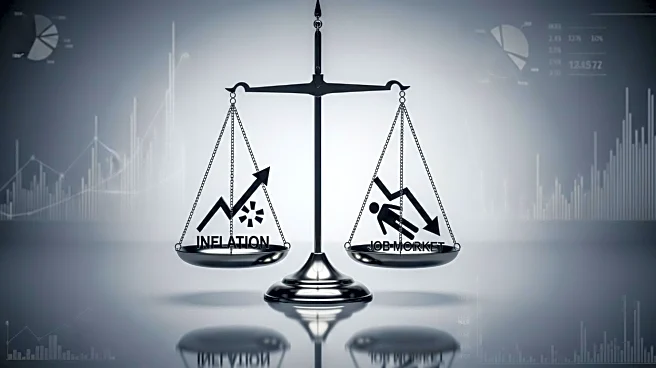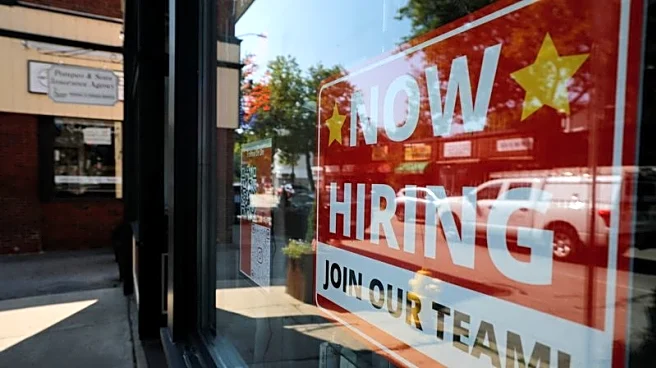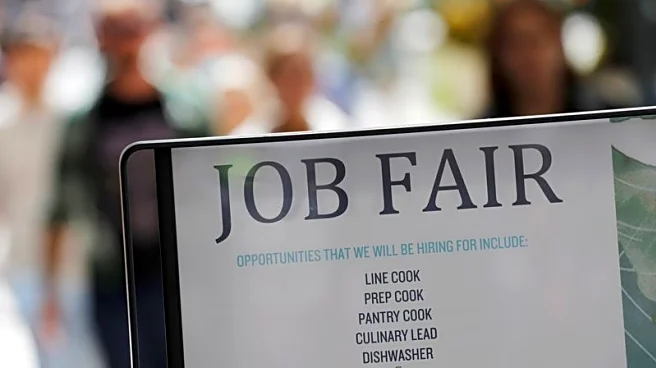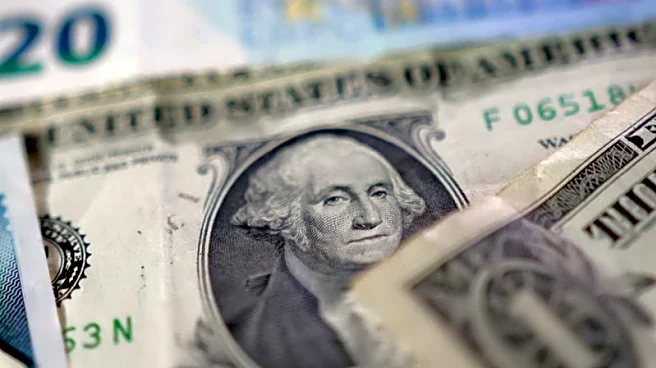What is the story about?
What's Happening?
The U.S. labor market is experiencing a slowdown, as indicated by a marginal increase in job openings and a decline in hiring for August. According to the Labor Department's Job Openings and Labor Turnover Survey (JOLTS), job openings rose by 19,000 to 7.227 million, while hiring decreased by 114,000 to 5.126 million. The unemployment rate has climbed to a nearly four-year high of 4.3%. This trend is attributed to factors such as tariffs, the rise of artificial intelligence, and immigration crackdowns. The Federal Reserve has responded by cutting its benchmark interest rate to aid the labor market.
Why It's Important?
The softening labor market could have significant implications for the U.S. economy. A decrease in hiring and an increase in unemployment may lead to reduced consumer spending, which is a critical driver of economic growth. The Federal Reserve's decision to cut interest rates reflects concerns about sustaining economic momentum. Industries such as construction and federal government jobs are seeing declines, while accommodation and food services show some resilience. The labor market's performance will likely influence future monetary policy decisions and economic forecasts.
What's Next?
With the potential for a government shutdown, upcoming economic data releases may be delayed, complicating the Federal Reserve's ability to make informed decisions. Economists predict a modest increase in nonfarm payrolls for September, but the unemployment rate may remain unchanged. The labor market's trajectory will be closely monitored by policymakers and businesses, as it will impact future interest rate decisions and economic strategies.
AI Generated Content
Do you find this article useful?














